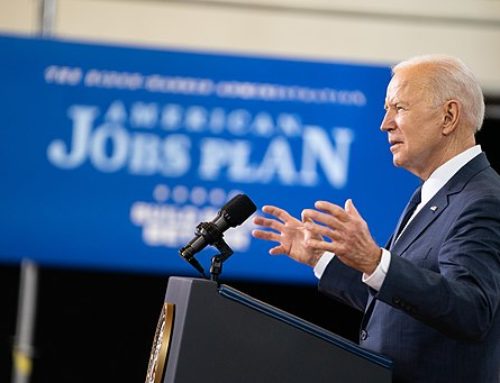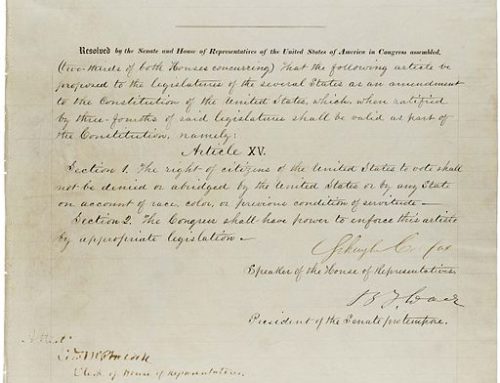Congress has passed the bailout. Treasury Secretary Henry Paulson’s Hail Mary pass sought to break the financial gridlock that stopped lending and restore confidence in our financial institutions. Paulson argued that the $700 billion was an investment in troubled assets, and not a giveaway. Critics expect us to be eating Paulson pudding for many years.
The program has three parts: $250 billion will be “immediately available” to the Treasury secretary; the second $100 billion is available “upon report to Congress”; the last $350 billion will be “available only upon congressional action.”
To counter mainstream unpopularity, the plan imposes several conditions:
* It guarantees that taxpayers are repaid in full.
* It provides taxpayer ownership shares and appreciation opportunities on acquired securities.
* It institutes meaningful Congressional oversight.
* It empowers the government to facilitate mortgage loan modifications.
* It helps small businesses by aiding community banks hurt by losses from investments in Fannie Mae and Freddie Mac.
* It reverses the auction methodology for purchasing assets, which should ensure the government obtains a reasonable acquisition price.
* It increases the FDIC insurance cap to $250,000 per account.
* It includes $150 billion of unrelated personal and corporate tax cuts.
Critics feel the plan will devalue the dollar, benefit primarily Wall Street and mortgage our country’s future even further.
The root of America’s financial problem is the decline in American housing prices by about 20 percent nationwide and irresponsible speculation on complex derivative investments. Two million home owners could face foreclosure during the next 12 months.
The offensive strategy of the legendary Ohio State football coach Woody Hayes, who won five national titles, might better restore our fortunes. The primary feature of Hayes’ vaunted success was a big fullback running 40 to 50 times right up the middle, generating “three yards and a cloud of dust.”
In today’s glitzy world, Hayes not could get a coaching job because fans prefer Hail Mary passes to a no-frills running game. But stodgy, cautious, and consistent policies might restore economic health better than the whirlwind maze of patchwork notions implemented by the Treasury in recent months.
Recent failures by “government sponsored enterprises,” or GSEs, have further undermined confidence in government. For instance, the failure of Fannie Mae and Freddie Mac had some devastating effects. It forced the government to increase its deficit to more than $15 trillion, or about $50,000 per capita. It cost many small and medium commercial banks — the heart of local communities — $10 billion to $15 billion. It paralyzed the secondary mortgage market. GSEs until recently represented about 70 percent of the secondary market.
The surprise bid by Wells Fargo Bank for Wachovia without $42 billion help from the government undermines recent bailouts orchestrated by the government.
Stated differently, the quilted patchwork of government fixes spanning a broad spectrum of repayment options for Uncle Sam creates a credibility gap.
Newt Gingrich, the former speaker of the House, said the plan would be “nightmare to implement and full of corruption.” He strongly disagreed with proponents who feel that the plan will unclog the system. Instead, Gingrich argued that it could hamper the economy for years to come.
Sweden’s economic policies to rectify economic problems caused by a collapsed housing market in the 1980s could serve as a guide for American policymakers:
- Banks wrote down their holdings before sales to the government.
- Participating banks issued warrants to the government that handed over a majority interest.
- Profits went to the taxpayer when assets were sold.
- The ultimate cost of bailout was about 2 percent of Sweden’s gross domestic product.
In conclusion, the current financial conflagration will hamstring the next president. Our national debt of close to $15 trillion exceeds our GNP.
Thus, the American economy is so close to the tipping point that increased expenditures in order to deal with our far flung problems is a pipe dream. Our random walk approach to solving each bankruptcy has left a horrible legacy for future generations.
Three yards forward is better than a Failed Mary.
Originally published in the Sarasota Herald-Tribune



